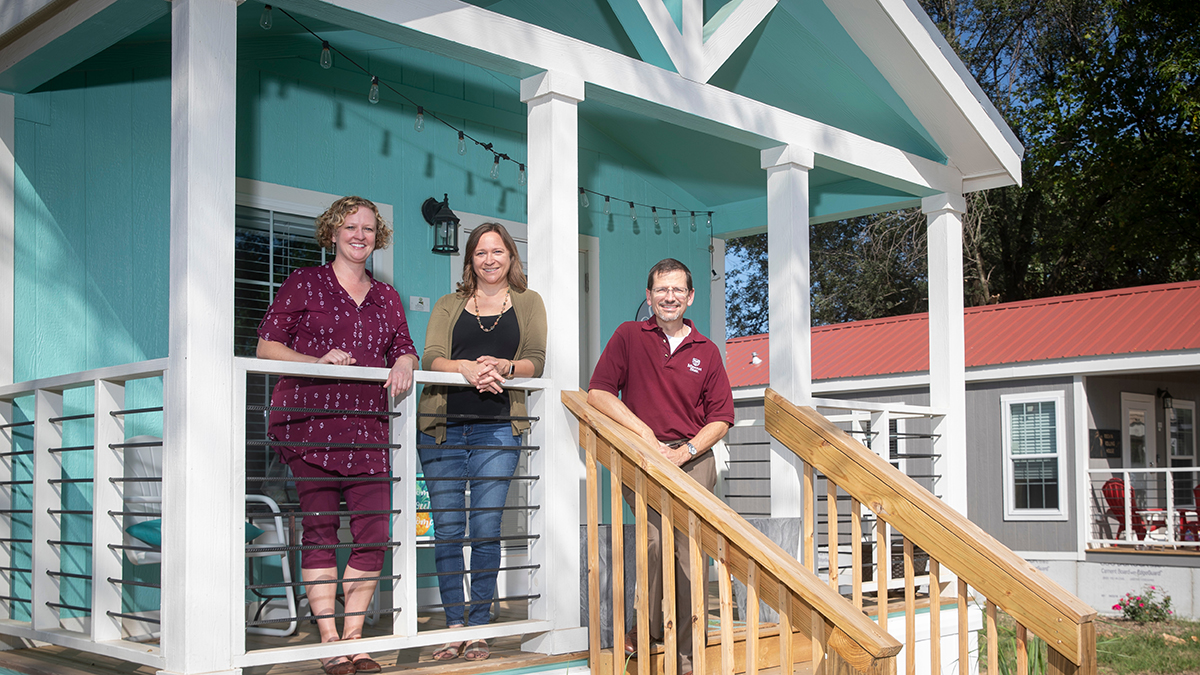Financial freedom, a smaller footprint, real ownership, less maintenance and minimalism. These are some of the drivers for the tiny house movement.
Dr. Krista Evans, assistant professor of geography and planning at Missouri State University, researches this phenomena.
When she moved to Missouri State, Springfield was in the early development of Eden Village. That’s when Evans turned her focus more specifically onto tiny house villages for the homeless.
“Of all the tiny house villages we were able to locate, 59% don’t have plumbing,” she said. “Some argue it’s better to have a roof over one’s head than not. But I don’t think many of us would be comfortable living in units without plumbing.”

Learn more about the planning program
While she studied these communities, she also assessed what made them successful and how they were accepted by the community as a whole.
“In some communities, there’s a lot of what we would call Nimbyism, not in my backyard,” she said.
Some of her research revealed the zoning of an area and the aesthetics of the houses contributed greatly to the acceptance of the tiny house community.

